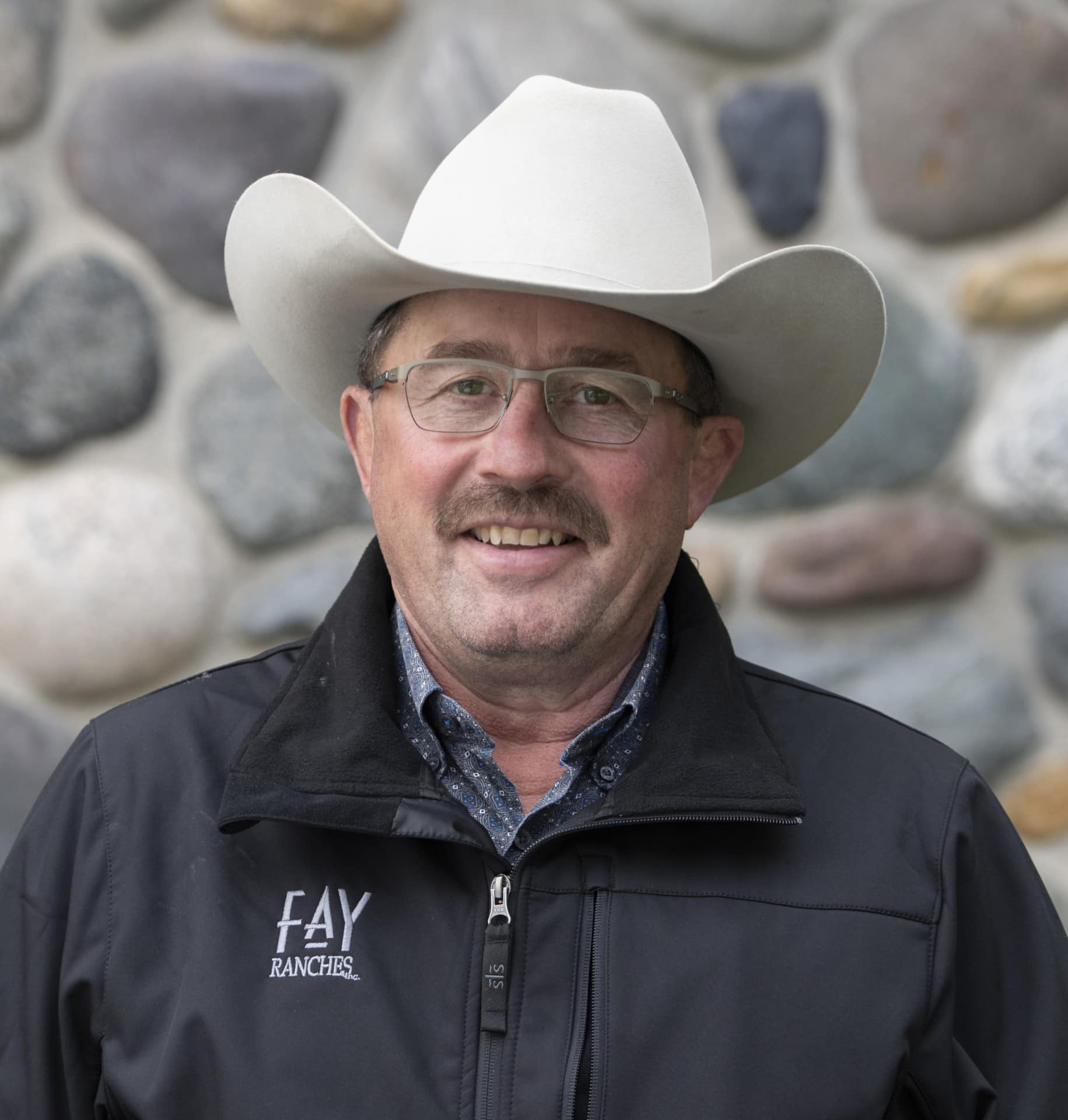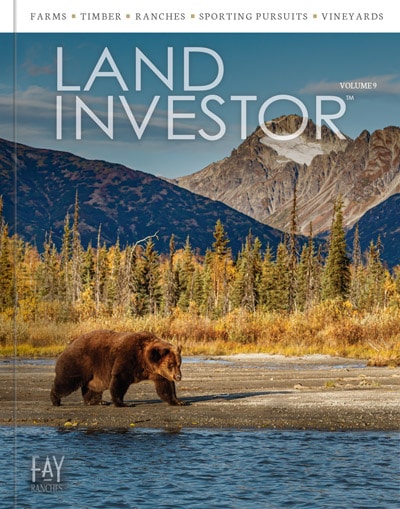Sportsman’s Corner: Team Roping
By Jerry Hicks, Principal Broker, Licensed in OR
For over 40 years, team roping has been a way of life and a way to blow off steam for Jerry Hicks.
When I was a kid, my dad started a small roping club in Prineville, Oregon. At first, I just helped run the steers through the chutes, watered the arena, and fed the cattle. During my freshman year of high school, Dad gave me an old roping horse, “Thumbar.” Not long after that, I was hooked, and we started traveling to high school rodeos. In 19 7 6, I won the Oregon State High School Championship, which allowed me to compete for the first time at the National High School Rodeo championships. I remember heading to the rodeo in Sulphur, Louisiana, laughing that my horse was the only one old enough to buy beer. I am sure that when Mom and Dad sent us wild teenage boys 2,500 miles away from home, they thought they might never see us again.
I have been really lucky to own some very good horses over the years. Currently, my number one is my 17-year-old gelding, Bob, named for my late father-in-law just a few days before he passed away. To this day, I remember the smirk on his face when I told him the chosen name for my new ride.
There have been many changes in the sport of team roping since I started in the 70s. Bigger, better, faster horses and more efficient equipment, and even the cattle have changed a lot. The runs are faster and there’s a lot more money to be won. From right here in Central Oregon, we can team rope just about any time we want. The entire area is dotted with arenas, with a good many being covered or indoor facilities.
In team roping, there are two people roping together to make a team, a header, and a heeler. I am a header, which you could call the quarterback of the team (but of course the heeler thinks they are blessed with the most talent, hah!). A fast run in most competitions would be between 5-7 seconds. In this time, the header will call for the release of a steer that will get about a 15-25 foot head start running, and the header will run his horse up behind the steer in the first 7 5-150 feet of the arena, then rope the steer around the horns or neck, slowing the steer down by dallying to his saddle horn and slowing his horse. Once the steer is under control, the header will ride his horse to his left, making the steer change direction at about a 90-degree angle. The heeler will then turn to the steer and rope it by the hind feet, dally and stop the steer. Sounds pretty easy, right? It takes a lot of practice and dedication.
The team roping industry has made some great advancements. Most associations rank ropers based on their skill level, then offer roping classifications that allow everyone to compete against ropers of the same level. Classifying ropers and leveling the playing field has made this sport boom. In the winter, there are communities such as Wickenburg, AZ that are completely taken over by team ropers.
This year I have the honor of roping in Las Vegas during the National Finals Rodeo and am qualified for the third time to rope at the South Point Equestrian Center in the World Series of Team Roping Finale. The first-place team in the division I am competing in will win $250,000 per person. I love competing and enjoy the companionship of my fellow ropers and the relationship I have developed with my horses. Along with Bob, I have a couple of younger horses, Joe and Mollie, that are also in the roping rotation during the busy summer and fall.
Roping and traveling outside my home base has been hugely beneficial in my work with Fay Ranches, connecting me to many new buyers and sellers. I have been able to have many successful ranch brokerage conversations with people from all over the U.S., from places like Las Vegas at the World Series of Team Roping or on winter vacations in Wickenburg. Many beneficial real estate contacts have been made with two simple questions: “Where are you from? What do you do?”

The Benefits of Owning a Vineyard in the Columbia Valley AVA
Industry-leading viticulturist Dick Boushey performed a detailed site assessment of Dream Big Vista Vineyard, excerpts from which are reflected in this article. His full assessment is available on request. We know that investing in viticulture is a big decision and that location is everything to fulfill the financial success of your vineyard dream and […]

Jim Vidamour, Broker of the Year in Residential Land Sales
Fay proudly announces that Jim Vidamour, ALC, from its La Veta, Colorado, office, has been awarded the prestigious APEX 2023 Region 6 Broker of the Year in Residential Land Sales. This accolade was presented by the REALTORS® Land Institute (RLI) as part of the RLI APEX Production Awards Program, sponsored by The Land Report, during […]





